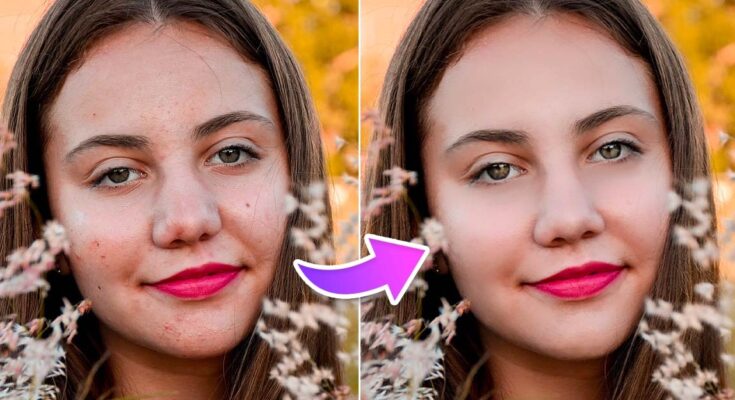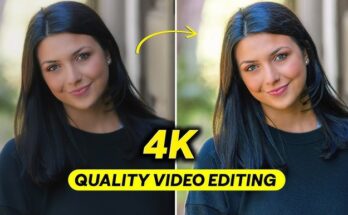Introduction
Airbrush application is a versatile and precise method of applying paint, makeup, or other liquid mediums using compressed air. This technique is widely used in various industries, including automotive painting, cosmetics, fine arts, and even cake decorating. The airbrush allows for smooth, gradient finishes that are difficult to achieve with traditional brushes or spray cans.
In this article, we will explore the fundamentals of airbrush application, its different techniques, common uses, and the advantages it offers over conventional methods.
How Does an Airbrush Work?
An airbrush is a small, handheld tool that sprays paint or makeup in a controlled manner. It operates using compressed air, which passes through the airbrush and mixes with the paint, creating a fine mist. The key components of an airbrush include:
- Nozzle & Needle – Controls the paint flow and spray pattern.
- Trigger – Adjusts the airflow and paint release.
- Paint Reservoir – Holds the liquid medium (gravity-fed or siphon-fed).
- Air Hose – Connects to an air compressor for consistent airflow.
By adjusting the air pressure and paint flow, users can create anything from fine lines to broad, soft gradients.
Types of Airbrush Systems
There are two main types of airbrushes:

1. Single-Action Airbrush
- The trigger controls only the airflow, while paint flow is pre-adjusted.
- Simpler to use but offers less control.
- Ideal for beginners and broad coverage applications.
2. Dual-Action Airbrush
- The trigger controls both airflow and paint flow independently.
- Allows for greater precision and detail.
- Preferred by professionals for intricate work.
Additionally, airbrushes can be classified based on their feed system:
- Gravity-Fed – The paint cup is on top, relying on gravity to feed paint (efficient for small amounts).
- Siphon-Fed – The paint bottle is below, using suction to draw paint (better for larger projects).
Airbrush Techniques
Mastering airbrush application requires practice and an understanding of different techniques:
1. Freehand Spraying
- Used for artistic designs, illustrations, and makeup.
- Requires a steady hand and control over the airbrush trigger.
2. Stencil Spraying
- Uses pre-cut stencils to create sharp, defined shapes.
- Common in T-shirt printing, automotive graphics, and wall art.
3. Layering & Blending
- Builds up colors gradually for smooth transitions.
- Essential for realistic shading in artwork and makeup.
4. Dot & Line Work
- Achieved by adjusting the airbrush to a fine spray.
- Useful for detailed illustrations and photo retouching.
5. Fade & Gradient Effects
- Involves reducing paint flow while maintaining air pressure.
- Popular in automotive painting and fantasy makeup.
Common Applications of Airbrush Technology
1. Automotive Painting
Airbrushing is widely used in custom car designs, motorcycle art, and automotive detailing. It allows for flawless metallic finishes, intricate pinstriping, and realistic flame designs.
2. Makeup & Cosmetics
Airbrush makeup provides a lightweight, long-lasting finish that resists smudging. It is popular in:
- Bridal makeup
- Special effects (SFX) for movies
- Tattoo coverage
3. Fine Art & Illustration
Artists use airbrushing for photorealistic paintings, posters, and comic book art. It enables smooth color transitions and fine detailing.
4. Textile & Fashion Design
Airbrushing is used to create unique patterns on T-shirts, sneakers, and fabric art. It offers more precision than screen printing for custom designs.
5. Cake Decorating & Food Art
Edible airbrush systems use food-grade colors to decorate cakes, cookies, and chocolates with intricate designs and metallic finishes.
6. Nail Art
Nail technicians use miniature airbrushes to create detailed nail designs with gradient and stencil effects.
7. Model Building & Miniatures
Hobbyists use airbrushes to paint scale models, Warhammer figures, and dioramas with precision.
Advantages of Airbrush Application
1. Smooth, Even Coverage
Unlike brushes, airbrushes eliminate streaks and brush marks, providing a flawless finish.
2. Greater Control & Precision
Dual-action airbrushes allow for fine detailing, making them ideal for intricate work.
3. Faster Application
Large surfaces can be coated quickly without visible overlaps.
4. Versatility
Works on multiple surfaces—metal, canvas, skin, fabric, and more.
5. Minimal Waste
Unlike spray cans, airbrushes use only the required amount of paint, reducing waste.
Challenges & Tips for Beginners
While airbrushing offers many benefits, beginners may face challenges such as:
- Clogging – Thin paints properly and clean the airbrush after each use.
- Over-spray – Maintain the right distance (typically 6-8 inches from the surface).
- Inconsistent Pressure – Use a reliable compressor with adjustable PSI settings.
Tips for Success:
- Practice on scrap material before working on final projects.
- Start with simple designs before attempting complex artwork.
- Keep the airbrush clean to prevent clogs and malfunctions.
Conclusion
Airbrush application is a powerful technique that bridges art and technology. Whether used for automotive customization, makeup artistry, or fine art, it provides unmatched precision and versatility. With practice and the right tools, anyone can master airbrushing and unlock endless creative possibilities.



